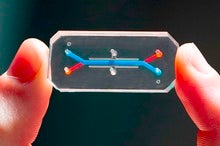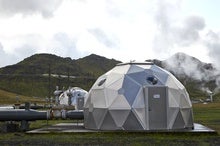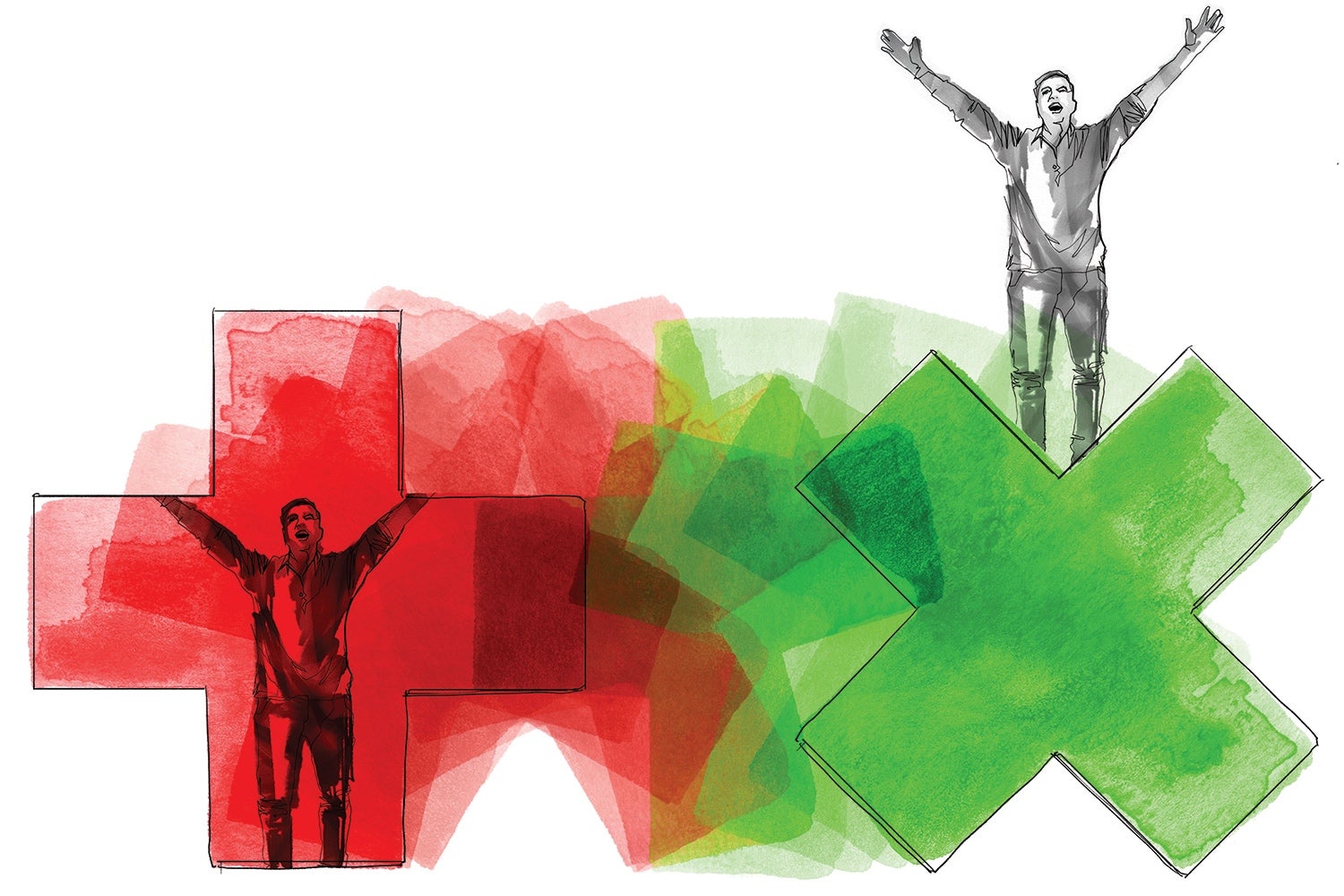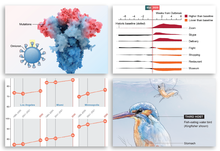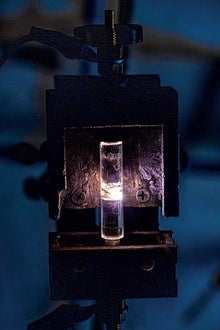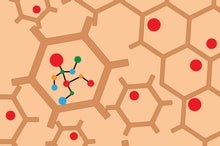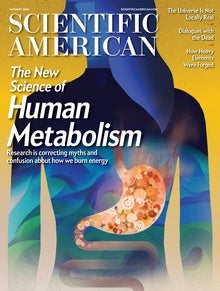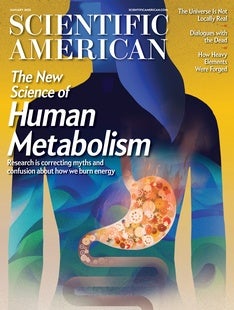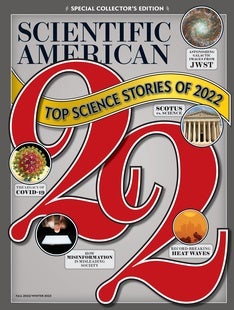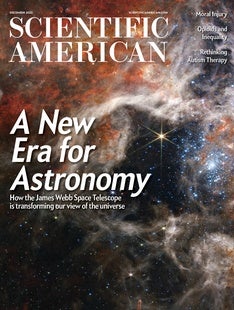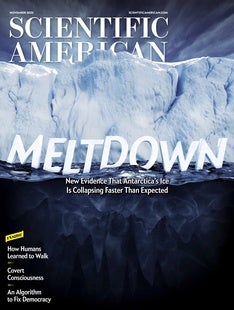 |
| December 20, 2022 |
Dear Reader,
I'm filling in for Sophie Bushwick today. This week, we've bucked against the fears and doomsayers who worry that artificial intelligence might lead to the destruction of society and compiled all the ways that AI has actually made life better this year. I think it's a great list and a good reminder of how this technology is already integrated--in crucial ways--into our everyday lives for the better. Since our team will be off for the holidays next week we'll be skipping the newsletter. So we hope this roundup will give you plenty of tech stories to read into the new year. Best wishes to you and yours! |
| | Andrea Gawrylewski, Chief Newsletter Editor
| |
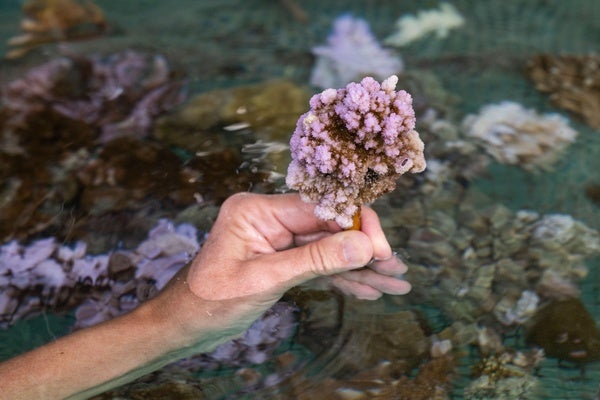 |
| |
| |
| |
| |
| |
| |
| |
| |
| |
FROM THE STORE
 | | | |
| |
FROM THE ARCHIVE
 | | | |
LATEST ISSUES
 |
| |
| Questions? Comments?  | |
| Download the Scientific American App |
| |
| |




